Comet 46P/Wirtanen Graces the December Night Sky

Before 2018 comes to a close, the last comet of the year will make its nearest approach to Earth. Comet 46P/Wirtanen, one of the three comets discovered in 1948 by American astronomer Carl Wirtanen, will be as bright as a third (3rd) or fourth (4th) magnitude star—which means it will be visible enough to be […]
Comet 2I/Borisov

Some snaps of Comet 2I/Borisov with measured magnitude at +17.1 (gradually brightening)! This rocky visitor may still ring new to anyone’s ears, since it was only recently discovered on August 30 by Ukrainian amateur astronomer Gennady Borisov, but it is not a comet to be taken lightly. To date, it is the second known interstellar object to have visited our Solar […]
1991 VH – an Apollo near-Earth Asteroid

1991 VH – an Apollo near-Earth asteroid discovered on November 9, 1991, by Robert H. McNaught at the Siding Spring observatory (Wikipedia). Measurement magnitude: +15.5V. Taken with Meade LX850 16″ SCT, SBIG STT-8300MM, February 22, 2020. Near-Earth Asteroid (35107) 1991 VH was discovered to be a binary in March 1997, based on its light-curve (IAUC 6607). It […]
1998 OR2 – a potential hazardous (Apollo) Asteroid

1998OR2 – a potential hazardous (Apollo) asteroid, approx. 2 km in diameter. It was discovered on 24 July 1998, NEAT program astronomers at the Haleakala Observatory, Hawaii. It is one of the brightest and therefore largest potentially hazardous asteroids known to exist. (Wikipedia). Measurement magnitude: +15.0V. Taken with Meade LX850 16″ SCT, SBIG STT-8300MM, February […]
1991 DG

1991 DG is an Apollo-class potential hazardous near Earth-asteroid which was first observed by R. H. McNaught from Siding Spring Observatory on Feb. 20, 1991. It orbits the Sun every 623 days coming as close as 0.91 AU at perihelion and reaching as far as 1.95AU from the Sun at aphelion. It was estimated to […]
2000QL7
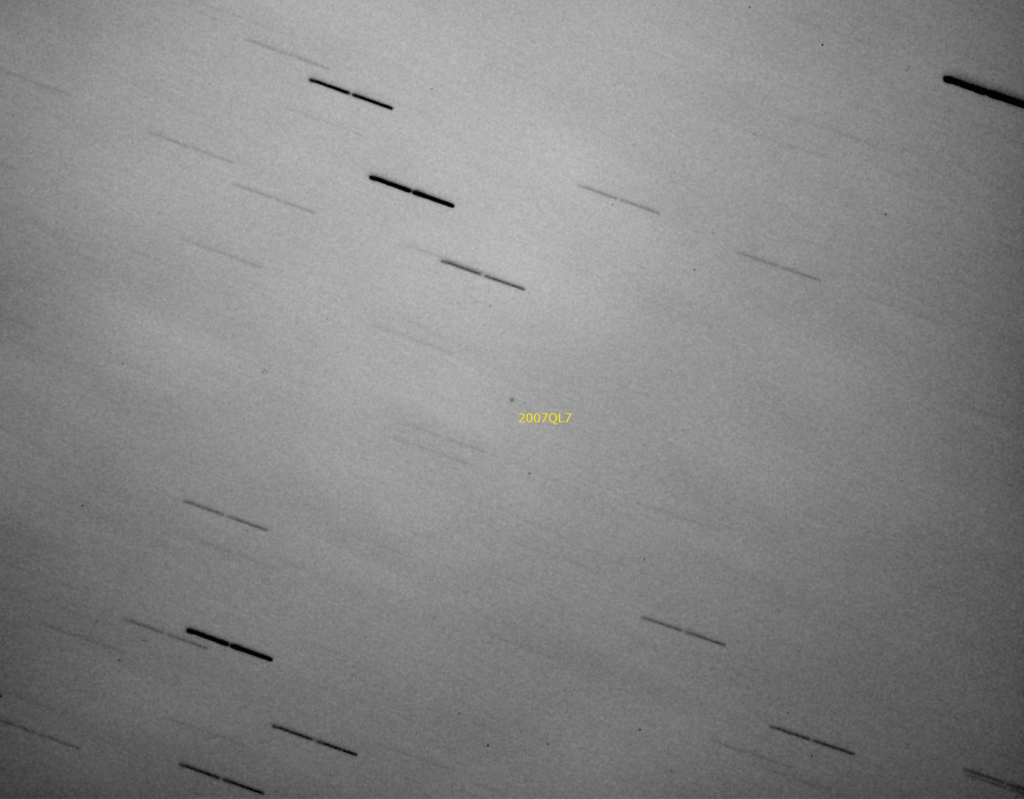
2000QL7 is an Amor-class near-Earth asteroid which was discovered independently by the LINEAR survey in August 2000 but it was first observed on July 21, 1977, at Siding Spring Observatory. Its orbit approaches Earth’s orbit but does not cross it which makes it unlikely to make any imminent collision with Earth in the future […]
547 Praxedis
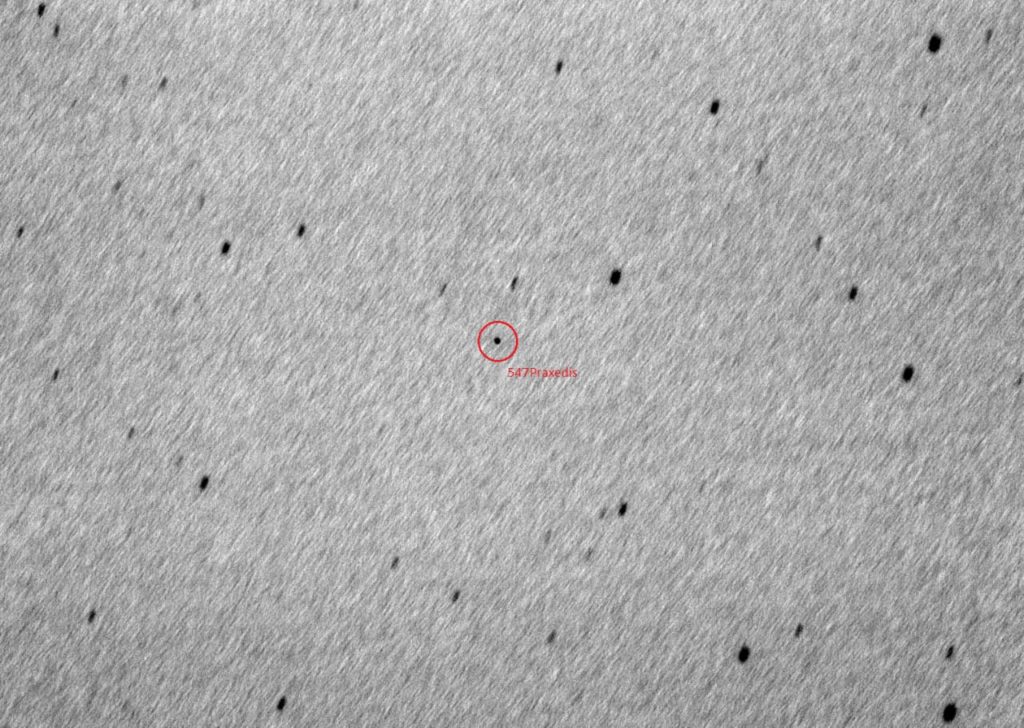
547 Praxedis is a Postrema-type asteroid that was discovered by Paul Gotz at the Heidelberg-Königstuhl State Observatory in southwest Germany on October 14, 1904. It was named after the character “Praxedis” from Joseph Victor von Scheffel’s historical romance Ekkehard (1857). With further survey carried out by NASA’s Wide-field Infrared Survey Explorer (WISE), its diameter was […]
495 Eulalia
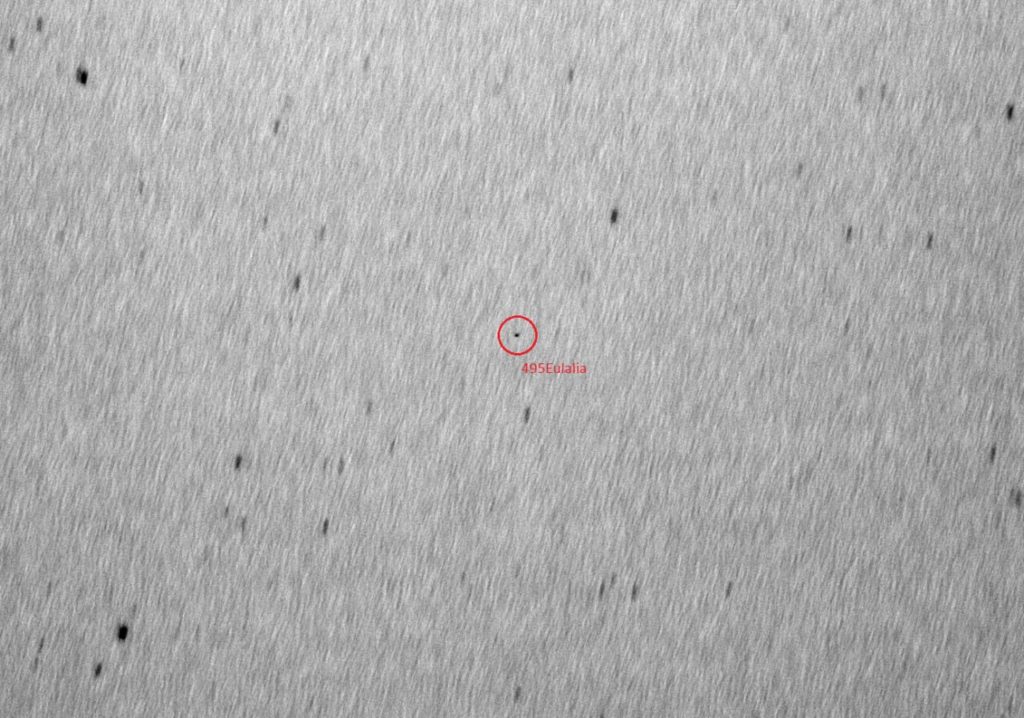
Asteroid 495 Eulalia is a minor-planet discovered by Max Wolf from Heidelberg Observatory on October 25, 1902. It was named after the discoverer’s wife’s grandmother. It has a mean radius of 19.425±0.7 km and a rotation period of 28.967 Earth hours. Based on a study using the data from NASA Wide-field Infrared Survey Explorer (WISE) […]
Epsilon Aurigae
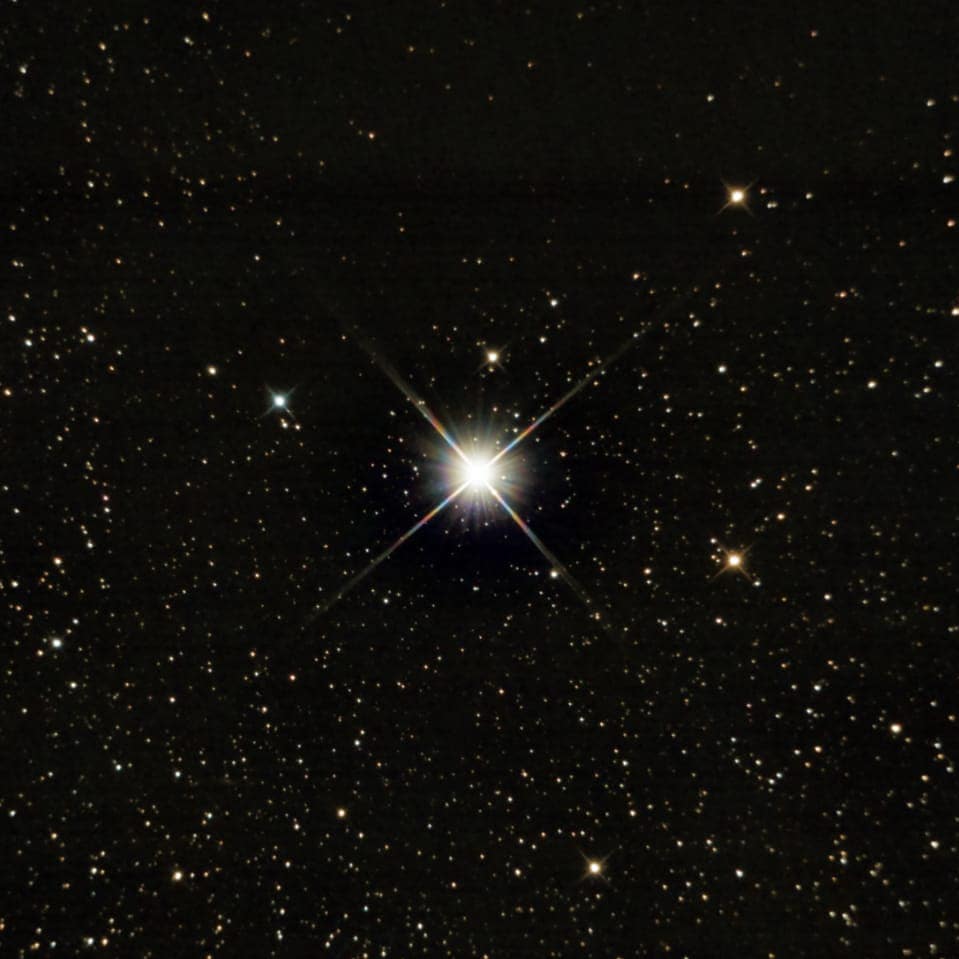
We got an interesting gem in the Auriga constellation— Epsilon Aurigae, an unusual eclipsing binary star that remained a mystery to scientists and experts in the field of #astronomy for over two centuries! Why? Well, Epsilon Aurigae happens to dim for a two-year period every 27 years. According to Space.com, scientists surmised that it could probably be an #eclipse caused by “a cloud of meteors, […]
Betelgeuse
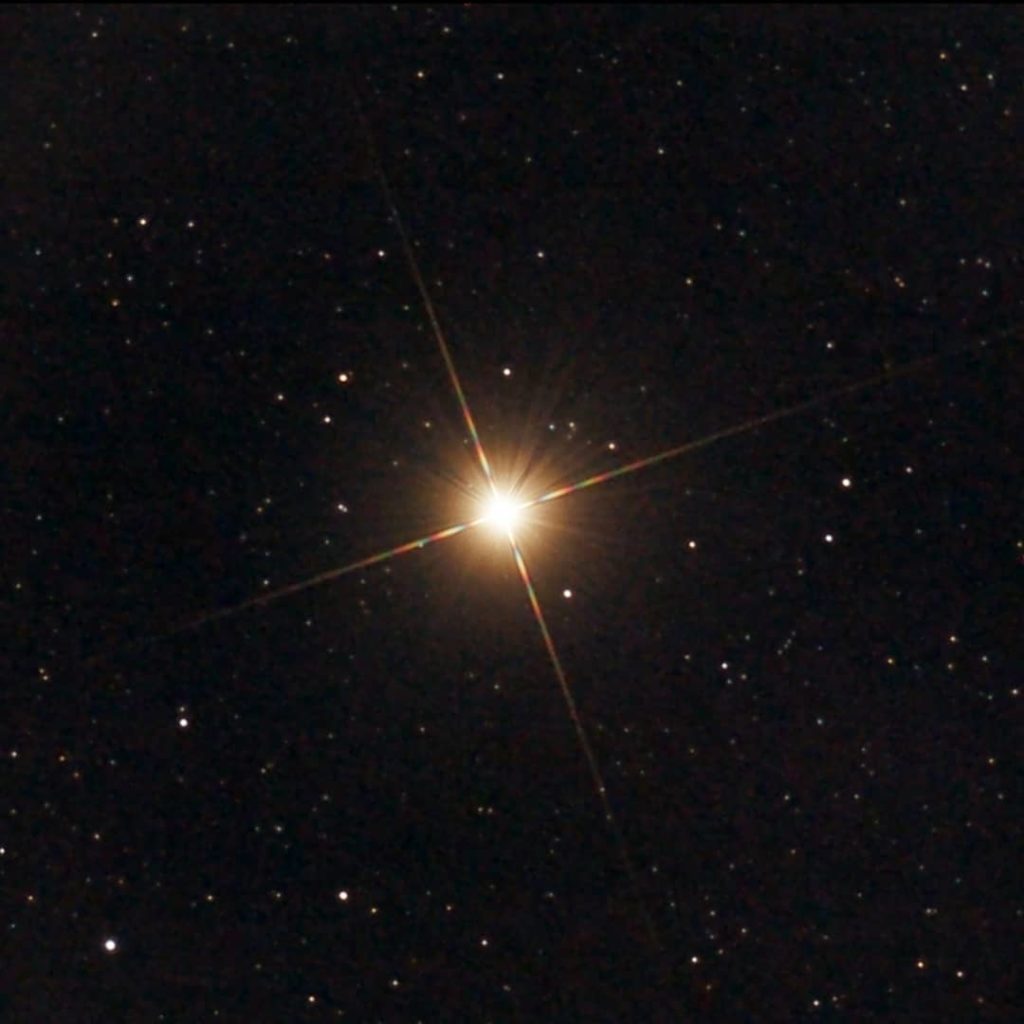
Betelgeuse is a bright red supergiant in the Orion constellation located between 400-650 light-years away. With an average apparent magnitude of +0.4, it is previously the 9th brightest star in the night sky. Astronomers projected Betelgeuse to explode someday as a type II supernova, a phenomenon in which highly massive stars can no longer fuse […]
